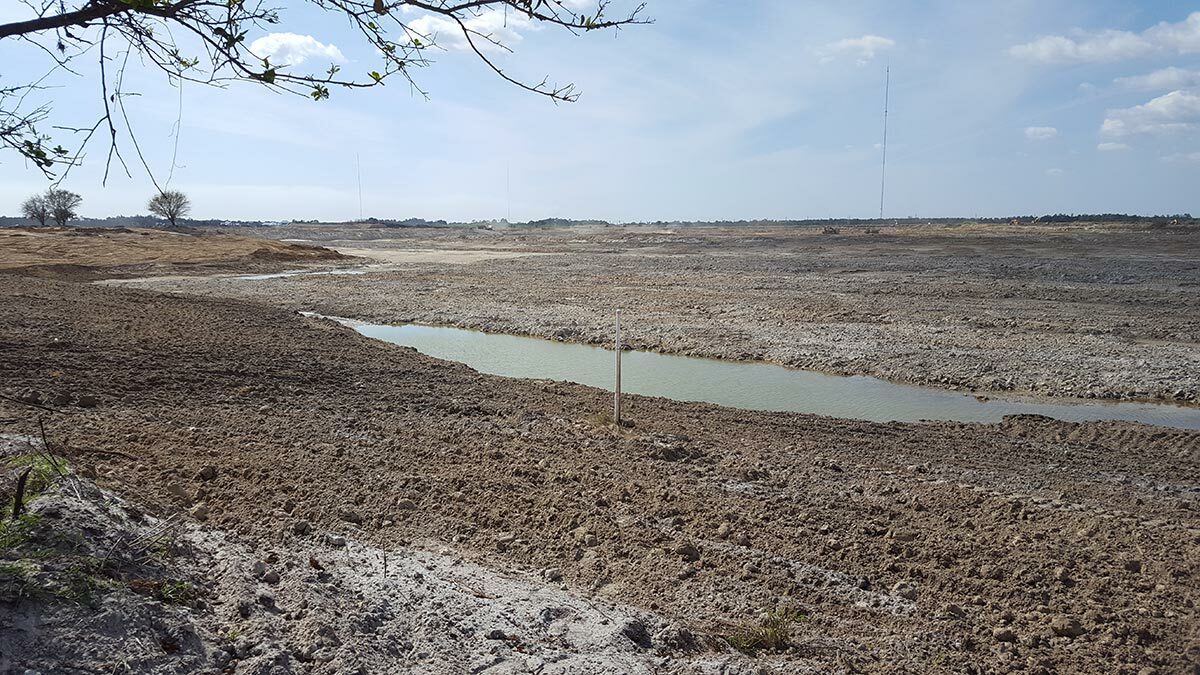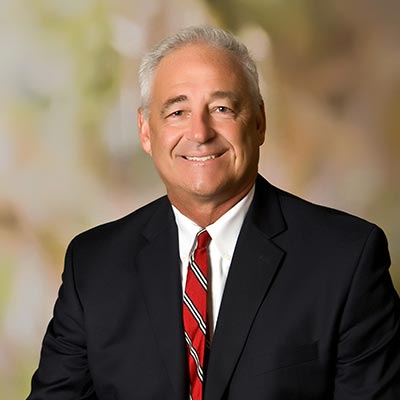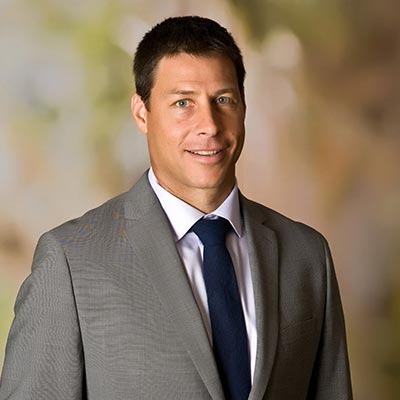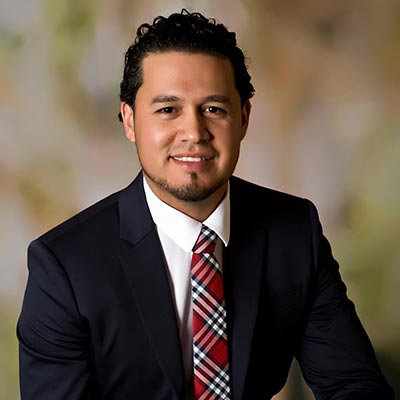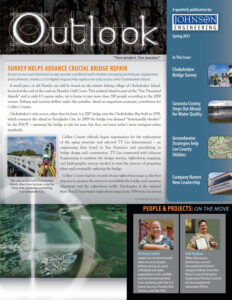 A small piece of old Florida can still be found on the remote fishing village of Chokoloskee Island, located at the end of the road on Florida’s Gulf Coast. This isolated island is part of the “Ten Thousand Islands” and is only 0.3 square miles, yet is home to just more than 350 people according to the 2010 census. Fishing and tourism dollars make this paradise island an important economic contributor for Collier County.
A small piece of old Florida can still be found on the remote fishing village of Chokoloskee Island, located at the end of the road on Florida’s Gulf Coast. This isolated island is part of the “Ten Thousand Islands” and is only 0.3 square miles, yet is home to just more than 350 people according to the 2010 census. Fishing and tourism dollars make this paradise island an important economic contributor for Collier County.
Chokoloskee’s only access, other than by boat, is a 200’ bridge over the Chokoloskee Bay built in 1955, which connects the island to Everglades City. In 2009 the bridge was deemed “functionally obsolete” by the FDOT – meaning the bridge is safe for now, but does not meet today’s more stringent safety standards.
Collier County officials began negotiations for the replacement of the aging structure and selected TY Lin International – an engineering firm based in San Francisco and specializing in bridge design and construction. TY Lin contracted with Johnson Engineering to perform the design surveys, right-of-way mapping, and hydrographic surveys needed to start the process of preparing plans and eventually replacing the bridge.
Collier County had no records of any right-of-way maps so the first step was to prepare the survey to reestablish the bridge and causeway alignment and the right-of-way width. Hardcopies of the original State Road Department right-of-way maps from 1959 were recovered from Johnson Engineering’s vast file storage system. Between the old right-of-way maps and the monuments found on the project site, we were able to positively define the location of the road alignment and the right-of-way.
Once the project’s horizontal and vertical control was established the data collection began. Most of the ground features were located using Trimble survey-grade GPS (Global Positioning System) system using VRS (virtual reference station) technology. This technology enables the field crews to quickly establish “lock” on to the GPS satellites’ signals and obtain accurate locations of utilities, pavement, bridge abutments, and other visible improvements. Traditional survey methods were used to obtain other topographic features including roadway cross-sections, detailed bridge measurements, seawalls, and edge of water locations.
To properly design the bridge and the temporary bridge used during construction, engineers also needed an accurate map of the underwater topography underneath and adjacent to the bridge. Due to the strong currents running through the bridge channel, the team used our 20 foot Kencraft fiberglass skiff powered by a 115 horsepower Yamaha outboard engine. The hydrographic survey data were obtained using the latest technology in hydrographic surveying, including the use of a Trimble 5800 GPS, an Odom HT 100 survey grade depth recorder, and Hypack Max software running on a Panasonic Toughbook laptop computer. Using this equipment, we produced a 3-D model along with contours and cross-sections of the surveyed areas. This technology enables us to conduct hydrographic surveys over large areas in a short time period. The field work for the hydrograpic survey was completed by our team in just one day.
Once the field data were collected and verified, CADD technicians “married” the land topographic survey data with the hydrographic data to create a 3-D model of the bridge, causeway, and the surrounding waters. Aerial photography was also incorporated into the model to give engineers a better picture of what was on the ground. The model, created in AutoCAD Civil 3-D, gave TY Lin engineers all the data they needed to design the new bridge, the temporary bridge, the connecting roadways, and the utilities.
This project was challenging, however, very gratifying. It combined the use of historical survey records and modern surveying equipment and software to create a digital 3-D map. This digital map will make it possible for the design and construction of the new bridge that is so desperately needed for the residents and visitors of Chokoloskee Island.
For more information, contact Mark Wentzel, P.S.M. at [email protected].


